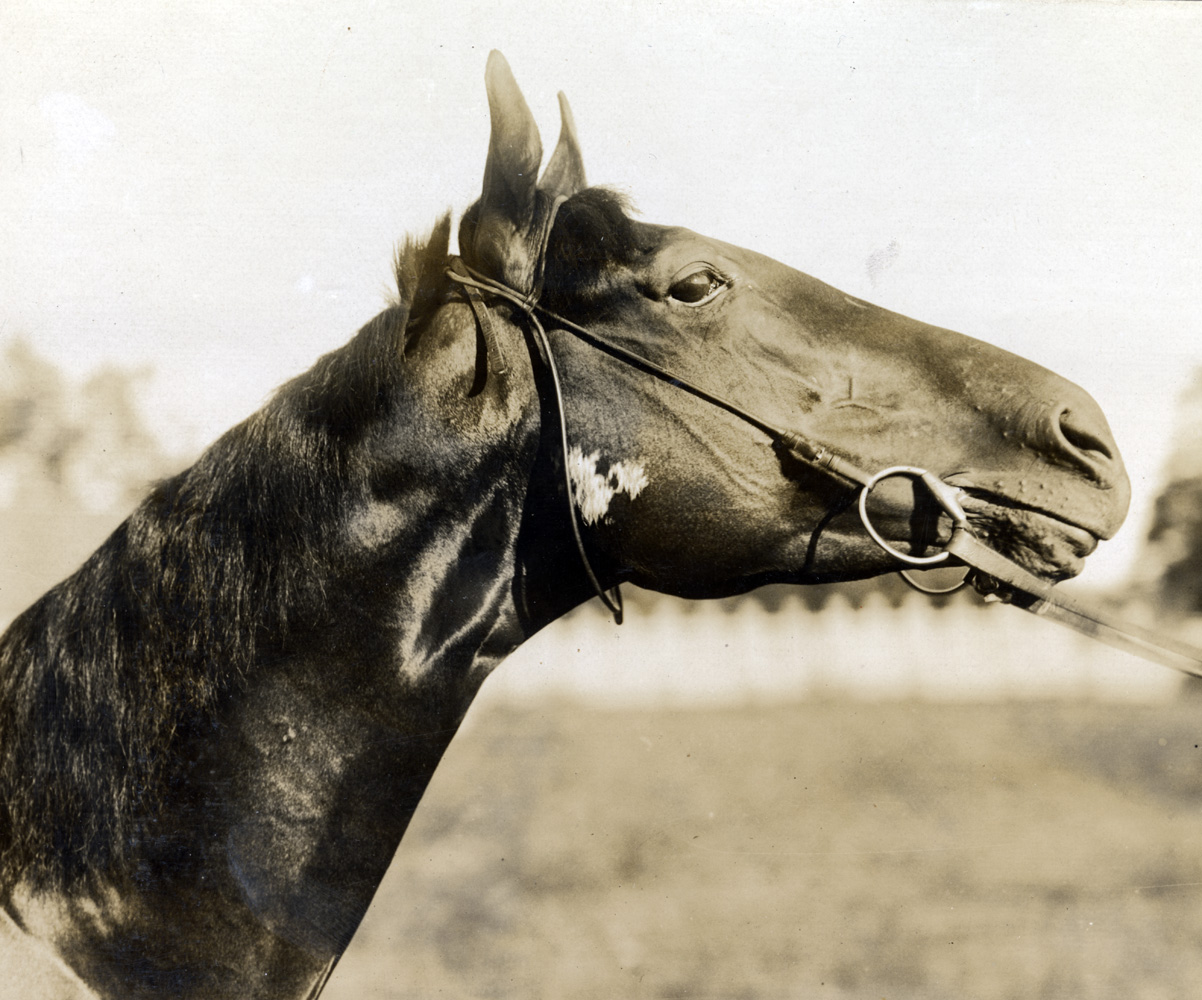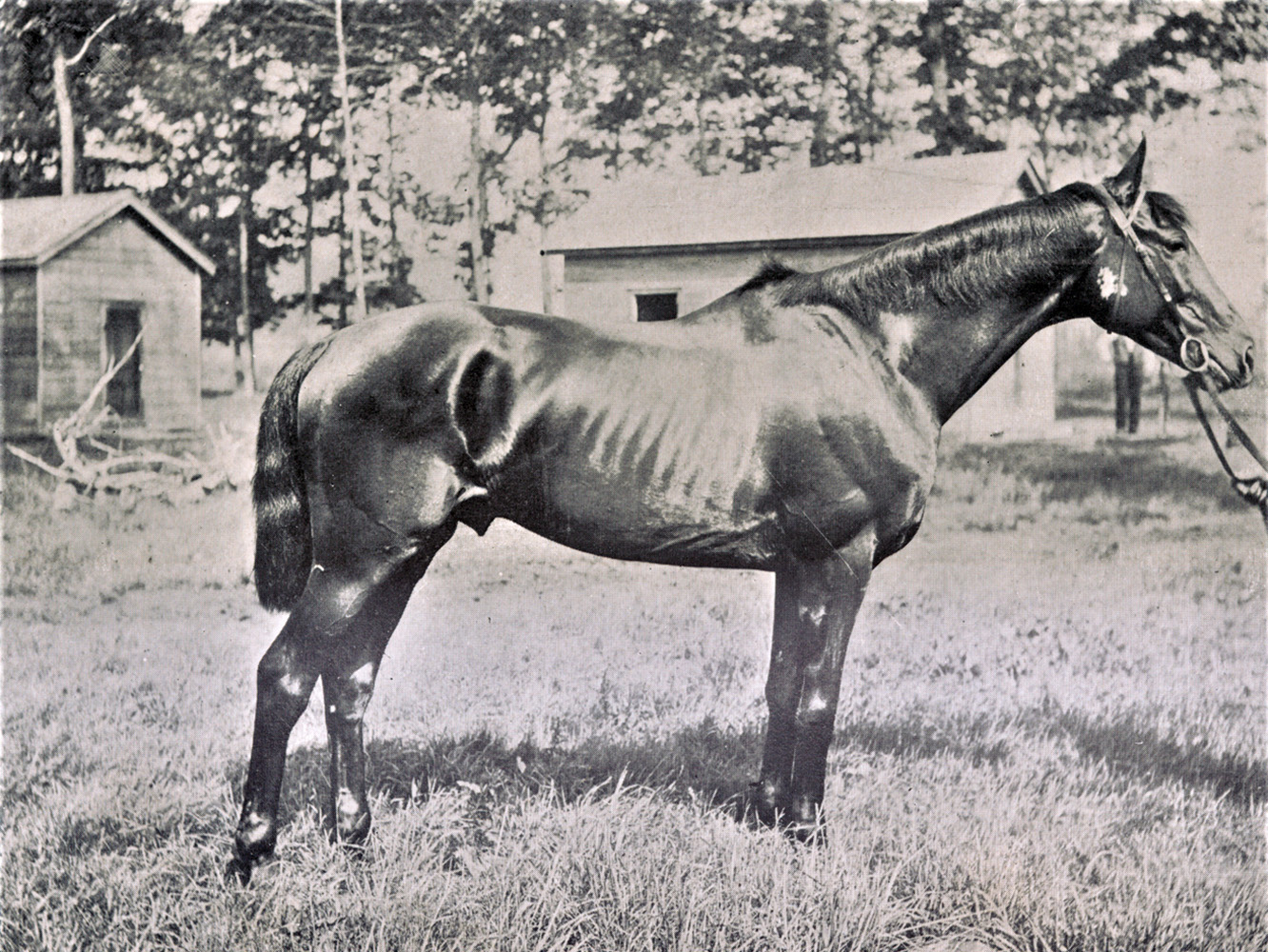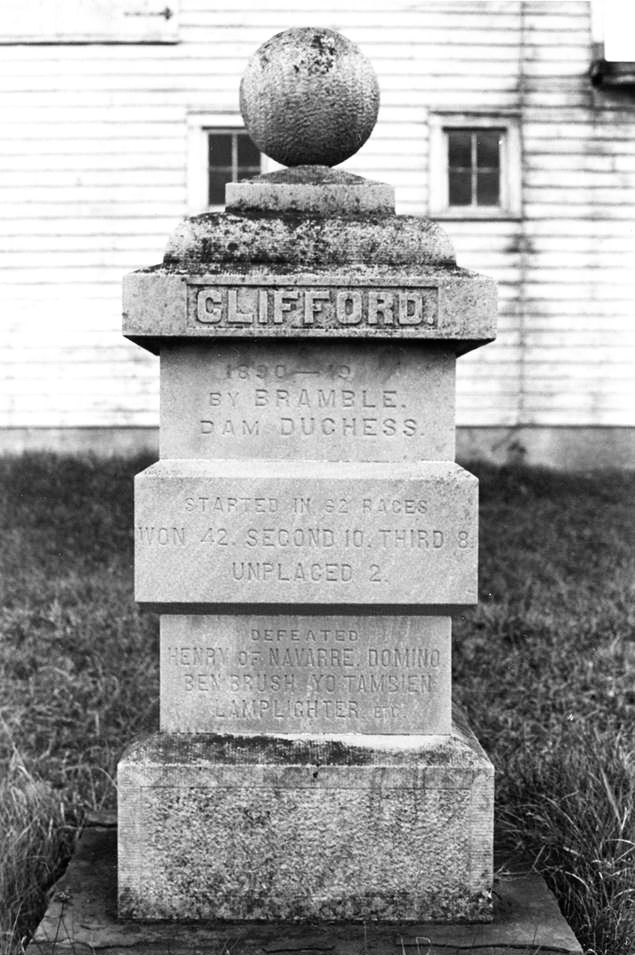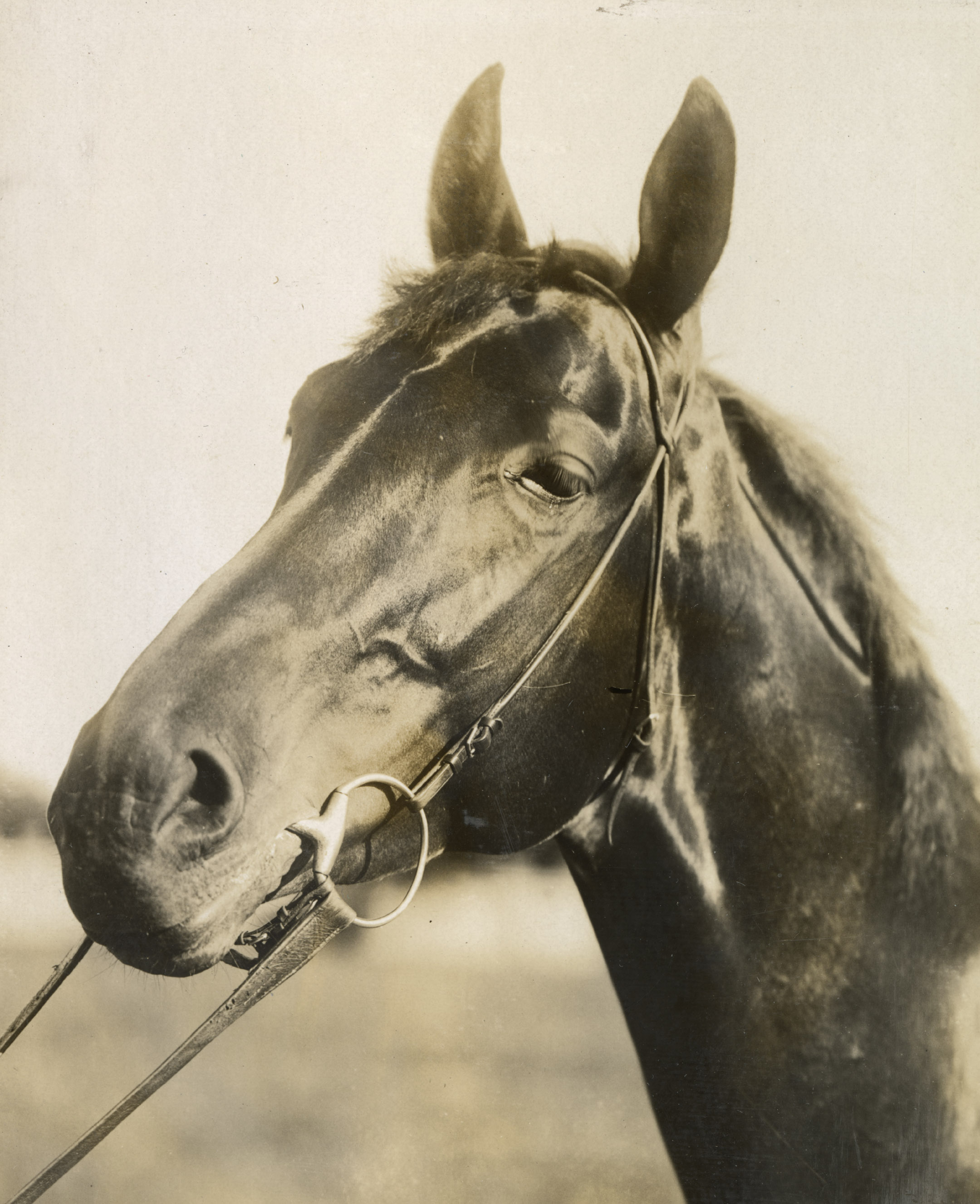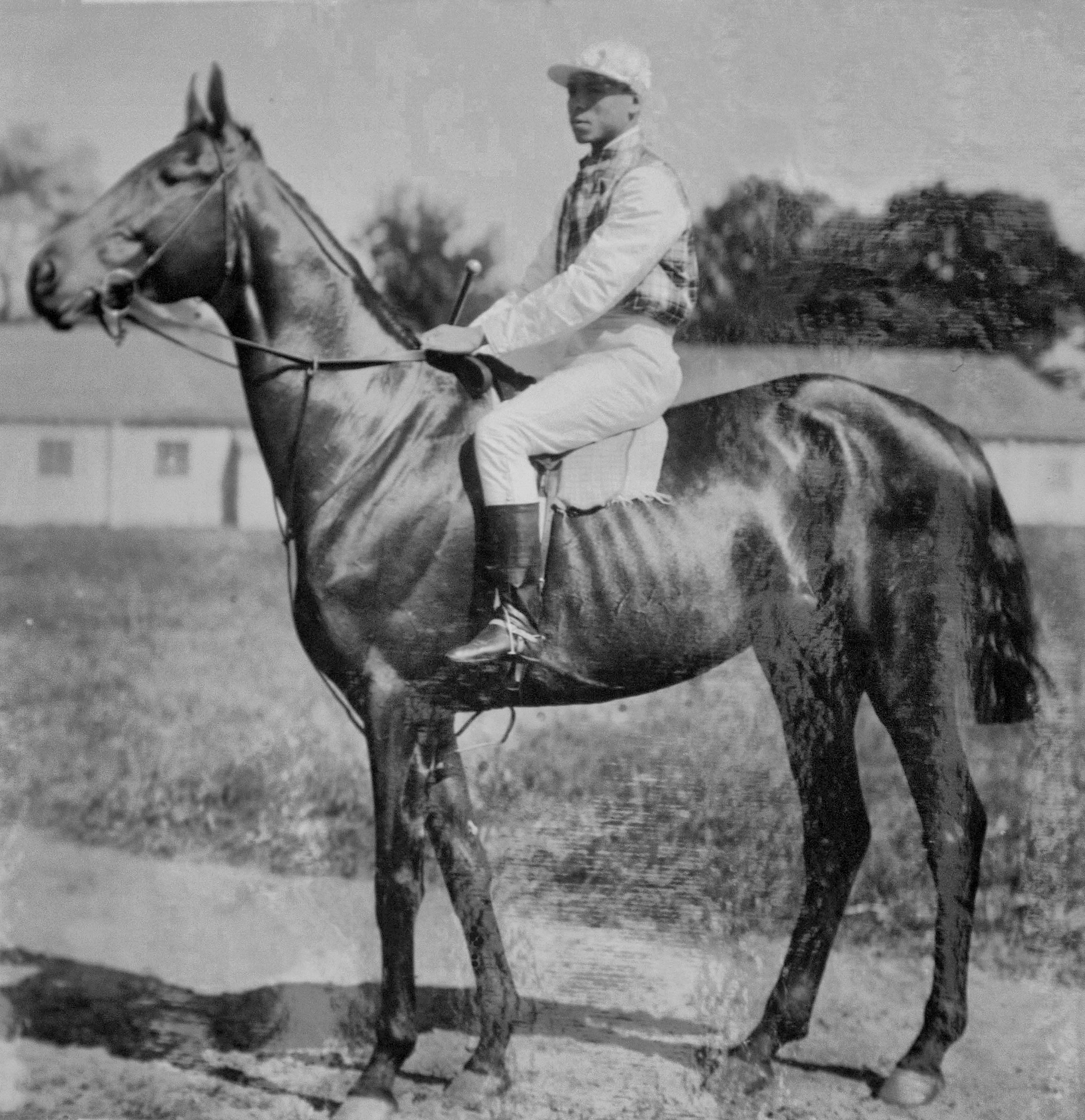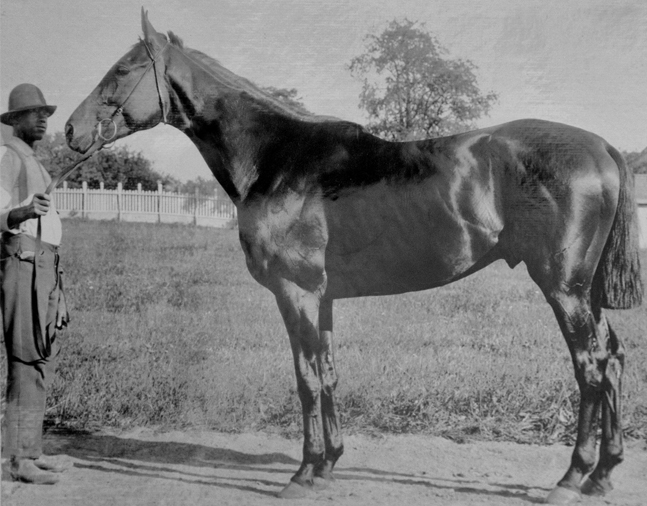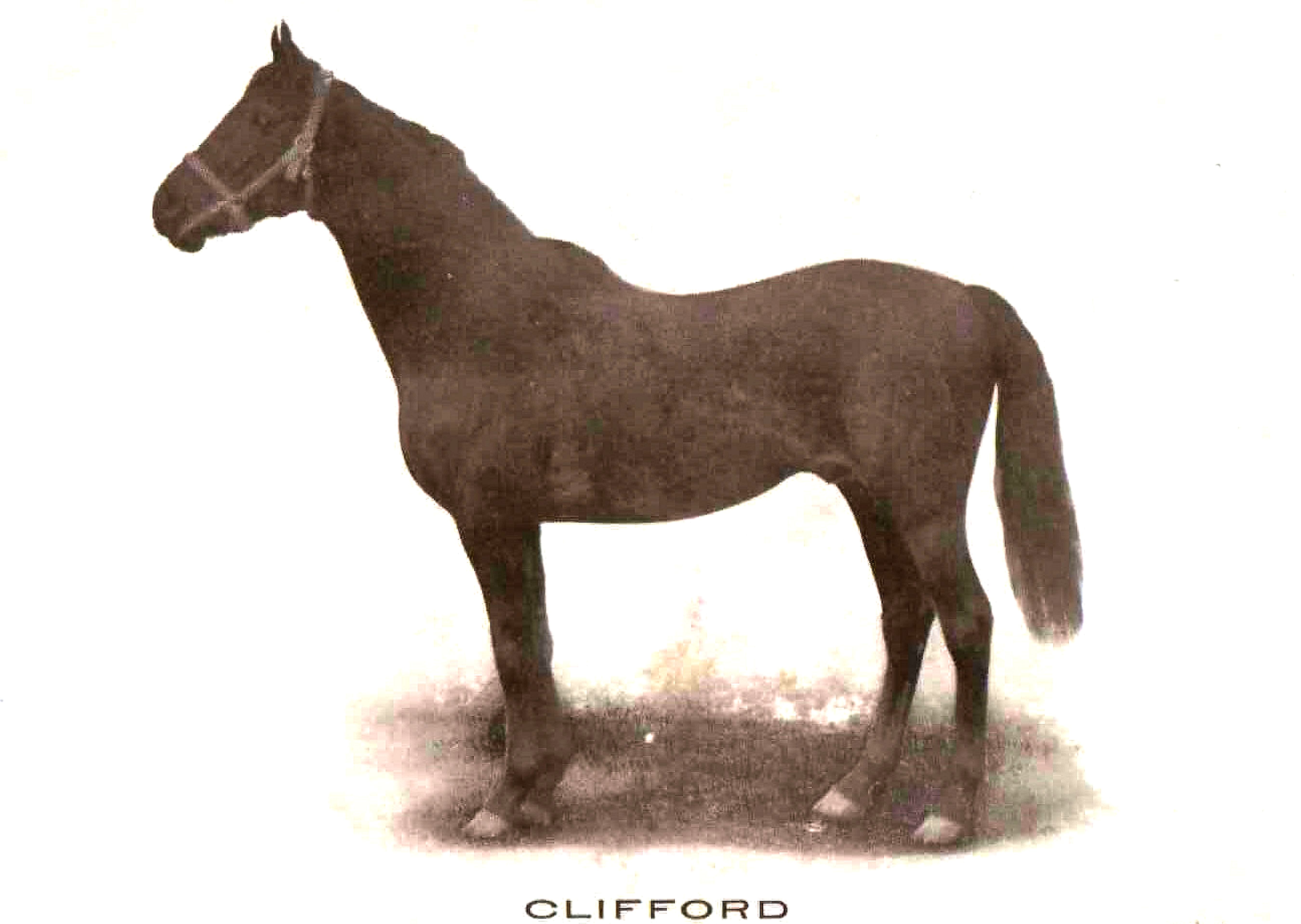Clifford (TN)
Upon his retirement in 1897, the New York Times described Clifford as “one of the most brilliant performers the American turf has ever known.”
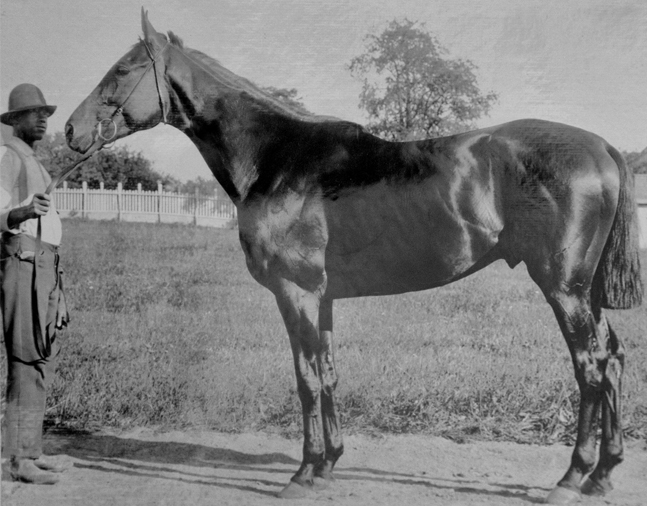
2014
1890
Bramble
Duchess
W. H. Jackson
W. J. Cherry
Clifford Porter
Eugene Leigh
Robert L. Rose
John Sanford
Eugene Leigh
Charles H. Hughes
John W. Rogers
1892-1897
$65,143
Racing Record
62
Starts
| 1892 | 1 | 1 | 0 | 0 | $300 $300 |
| 1893 | 24 | 18 | 1 | 4 | $24200 $24,200 |
| 1894 | 16 | 10 | 4 | 1 | $16150 $16,150 |
| 1895 | 10 | 7 | 2 | 1 | $14895 $14,895 |
| 1896 | 6 | 3 | 2 | 1 | $5450 $5,450 |
| 1987 | 5 | 3 | 1 | 1 | $4148 $4,148 |
Biography
Upon his retirement in 1897, the New York Times described Clifford as “one of the most brilliant performers the American turf has ever known.”
The high praise was in stark contrast to the way Clifford was regarded before he first stepped onto a racetrack.
“As a yearling he was one of the poorest-looking animals of the lot in which he was offered for sale, and nothing great was expected of him,” the Times remarked.
From humble beginnings, Clifford developed into one of the most consistent, durable, successful, and popular racehorses of the 1890s. From 1892 through 1897, Clifford posted a record of 42-10-8 from 62 starts and compiled purse earnings of $65,143.
A dark bay or brown son of Bramble out of the Kingfisher mare Duchess, Clifford was foaled in 1890 at W. H. Jackson’s Belle Meade Stud near Nashville, Tennessee. One of 44 yearlings auctioned at Belle Meade on April 27, 1891, Clifford was purchased for $900 by W. J. Cherry, who quickly sold the horse to Clifford Porter of Lexington, Kentucky.
Porter gave Clifford his name and started him once as a 2-year-old in September 1892. Clifford broke his maiden in his career debut in a 4½-furlong contest at the Latonia track in Kentucky. Eugene Leigh, who had 40 years of experience as a breeder, owner, and trainer, purchased Clifford from Porter that December for $4,000.
Leigh assumed the training of Clifford as a 3-year old and brought in bookmaker Robert L. Rose as a partner in the horse’s ownership. In his first start in 1893, Clifford had an inauspicious beginning and was left at the post and finished unplaced for the first of only two times in his career.
Clifford rebounded quickly, winning the Phoenix Handicap the next day at the old Kentucky Association track. He added a victory in the $2,000-added Latonia Spring Prize before being shipped to Hawthorne Race Course near Chicago. Clifford won an astounding 11 races in a five-week stretch at Hawthorne, carrying as much as 133 pounds during this period and regularly conceding 25 pounds or more to his foes.
The win streak was finally snapped when Clifford was forced to carry 140 pounds in the Austin Handicap. He finished third, giving 36 pounds to the winner. Clifford bounced back in his next race to win the $7,000 Special Sweepstakes at Hawthorne. Clifford continued racing — and winning — into October. On Oct. 28, 1893, he met the great mare Yo Tambien and top handicapper Lamplighter in a $5,000 match race at Hawthorne. Clifford trounced Yo Tambien by eight lengths and Lamplighter by 11 for his 18th and final victory of 1893. Clifford finished the year 18-1-4 from 24 starts.
Clifford’s 4-year-old debut in the Brooklyn Handicap at Gravesend in New York was reminiscent of his 3-year-old unveiling, as he was left at the post and was unplaced for the second — and final — time of his career. Clifford went on to win several stakes races that year before Leigh bought out Rose’s stake in the horse for $25,000 in September 1894. Leigh turned the horse over to future Hall of Famer John W. Rogers to train.
Later that month, Clifford met Henry of Navarre in the nine-furlong Second Special at Gravesend. Clifford reeled in his younger rival at the quarter pole and the two battled inseparably down the stretch. At the wire, Clifford stuck his nose in front, snapping the future Hall of Famer’s 10-race win streak, which included the Belmont and Travers. Clifford finished 1894 with a record of 10-4-1 from 16 starts.
Clifford won his first four races at age 5 in 1895 and finished the year 7-2-1 in 10 starts. His wins that year included the Club Members’ Handicap, Kearney Stakes, Omnium Handicap, Oriental Handicap, and another victory in the Second Special. At 6, Clifford won the Memorial Handicap and Flight Stakes. As a 7-year-old in his final season during 1897, Clifford won the Long Island Handicap. He carried top weight in the race and defeated future Hall of Famer Ben Brush. That year, Clifford also dead-heated with Hastings (the 1896 Belmont winner) in the Kearney Stakes.
Clifford pulled up sore after finishing third in the Omnium Handicap in September 1897 and was subsequently retired. He was purchased for $7,000 by John Sanford for stud duty and sent to Sanford’s Hurricana Farm in Amsterdam, New York, where he produced some quality runners, including Molly Brant, Hill Top, Kennyetto, Cliff Edge, Sea Cliff, and Blackford.
Still revered in retirement, Clifford had numerous visitors during his time at Hurricana, including arguably his biggest fan, John L. Sullivan, the heavyweight boxing champion of the world. Sullivan was known to follow Clifford closely during his racing career and made several visits to Hurricana to see his old friend during his years as a stallion.
On Sept. 30, 1917, Clifford, at the age of 27, died at Hurricana Farm. In the 1970 book “The Great Ones,” Kent Hollingsworth compiled a list of retrospective champions based on extensive contemporary opinions and recognized Clifford as the Co-Champion 3-Year-Old Male of 1893 and the Co-Champion Handicap Horse of 1894.
Achievements
Co-Champion 3-Year-Old Male — 1893
Co-Champion Handicap Horse — 1894
Notable
Won the Oriental Handicap — 1893, 1895
Won the Second Special Stakes — 1894, 1895
Won the Kearney Stakes — 1895, 1897
Won the Latonia Spring Prize Handicap — 1893
Won the Melrose Handicap — 1893
Won the Phoenix Handicap — 1893
Won the Montgomery Handicap — 1894
Won the Sea Foam Stakes — 1894
Won the Omnium Handicap — 1895
Won the Memorial Handicap — 1896
Won the Long Island Handicap — 1897
Media
